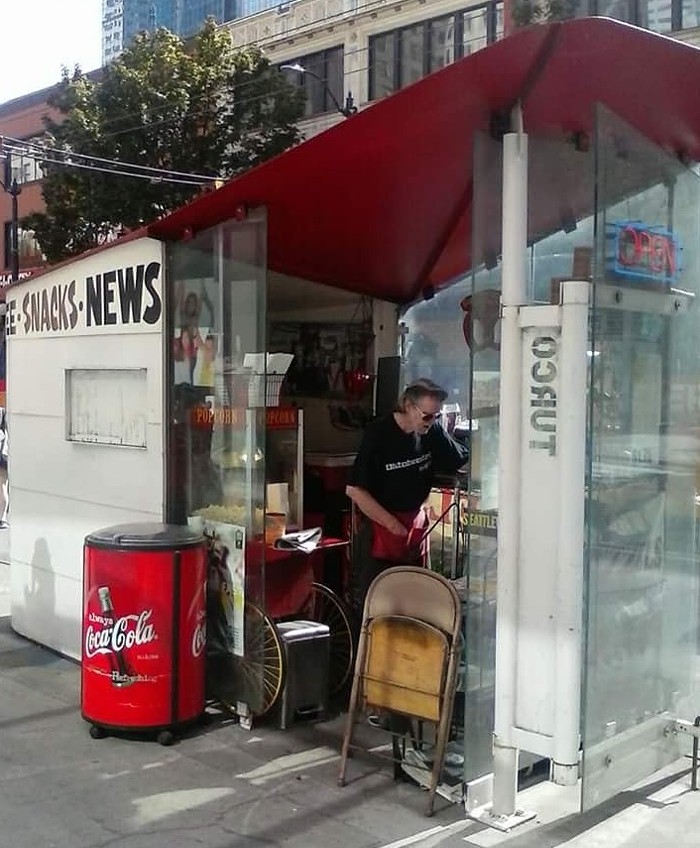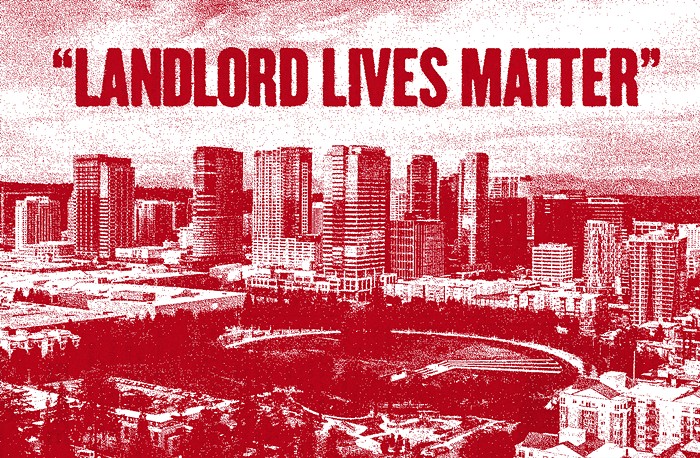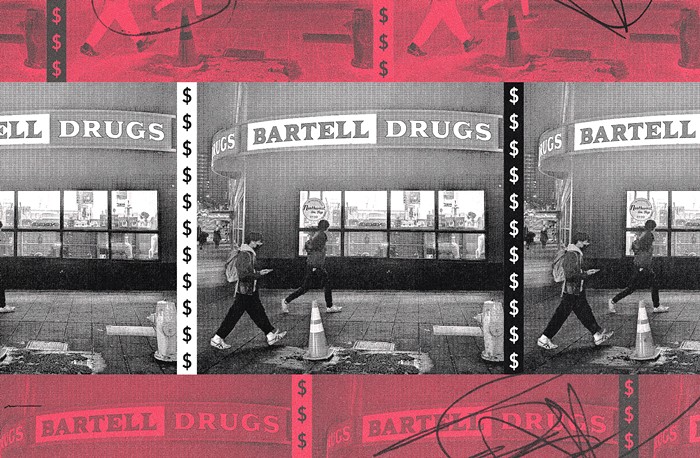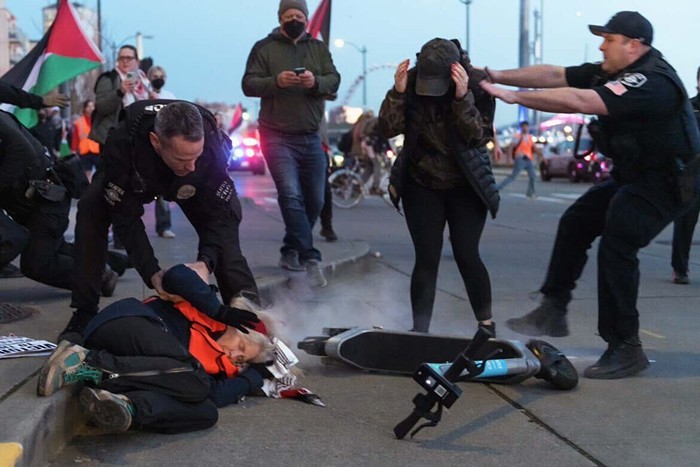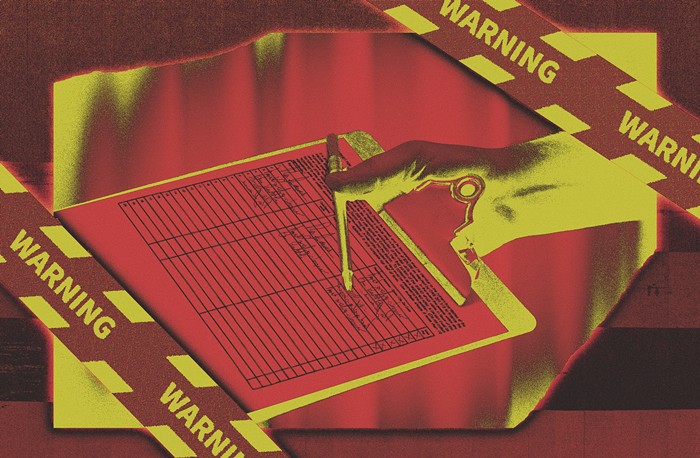Armed with an hour-long PowerPoint presentation and a passion for his proposal that some observers say borders on the pathological, state house Speaker Frank Chopp seems poised to push his costly plan for replacing the Alaskan Way Viaduct—a $2.2 billion, six-lane elevated freeway that would be fronted by a sheer concrete wall—on to the legislature. Next month, the Alaskan Way Viaduct Stakeholders Advisory Committee will narrow the list of viaduct replacement options down to two or three; however, even if Chopp's proposal doesn't make the cut, the powerful house Speaker will almost certainly keep it alive.
Chopp's proposal hinges on the assumption that businesses will be willing to pay extra taxes for the privilege of moving under a freeway far from the city's retail core—taxes that would, after many years, eventually pay for some of the improvements the house Speaker envisions. Those improvements include a park isolated 55 feet in the air—a location, opponents point out, that would make it hard to escape a p redator—attractive facades, and new buildings. If those businesses don't materialize, Seattle will be left with a bigger, costlier, walled-off version of the viaduct we have today.
Wacky as Chopp's idea is, it's hard to overestimate the house Speaker's clout in the legislature. Because of his leadership position, some Democrats were unwilling to speak on the record against his proposal.
Those I did speak to seemed open to Chopp's elevated freeway, if skeptical about his plan to pay for it. State representative Deb Eddy (D-48), a member of the house Transportation Committee, just got back from Kobe, Japan, where dozens of businesses thrive under a waterfront viaduct. She says that "even if at the end of the day it doesn't pan out, at least [Chopp is] thinking creatively." However, she adds, "I don't have a clue how much it would cost. That's where Frank's idea concerns me."
Representative Judy Clibborn (D-41), head of the Transportation Committee, says she's trying to stay "neutral" on Chopp's proposal; however, she, too, notes the Kobe example and says she thinks making use of the "wasted space" under the viaduct could be a viable option.
Although senators seemed more skeptical of Chopp's proposal—Senator Ed Murray (D-43), vice chair of the senate Transportation Committee, says, "I have a personal bias against elevated transportation," and Senator Ken Jacobsen (D-46), a Transportation Committee member, says, "I don't believe you can make a beautiful wall"—there seems to be enough support in both chambers to keep it alive, even if the stakeholder committee decides it isn't a viable option. Senator Jeanne Kohl-Welles (D-36) says Chopp has "shown a lot of creativity and vision," but adds that "there are a lot of unknowns. If they all bore out, perhaps it would be economically feasible."
Chopp isn't likely to let his freeway go down without a fight. Already, he's enlisted the House Democratic Caucus, whose community liaison, Orlando Cano, sent a letter last week to supporters of Chopp's plan encouraging them to write letters to the editor, post comments online, and attend public meetings to speak out in favor of the Chopp option. Although Cano's letter undoubtedly constitutes lobbying, campaign-finance lawyer Jim Oswald says, "It isn't a [public-disclosure law] violation"; state law exempts legislative employees from lobbying rules, a law Public Disclosure Commission spokeswoman Lori Anderson says would apply to Chopp's use of caucus staff to lobby the public on his behalf. ![]()
